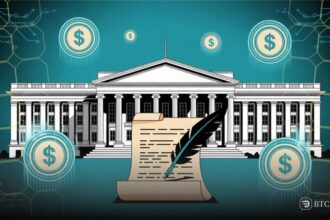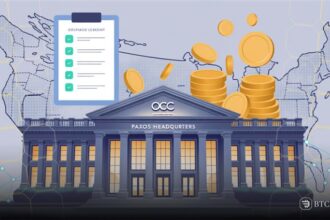Regulators in numerous countries continue to implement strict regulations on stablecoins, and fresh concerns have been raised about long-term market effects. Initiatives such as the European Union’s MiCA and the US proposed GENIUS Act are attracting global scrutiny.
These escalated attempts to regulate stablecoins have fueled uncertainty among crypto professionals and global industry leaders. CryptoQuant CEO Ki Young Ju believes fresh regulations will redefine the stablecoin market in unforeseen ways.
Stablecoins are virtual currencies anchored to real-life currency and need to be trusted by firms such as Tether and Circle. These two firms hold their reserves in mainstream banks to maintain stability during market oscillations.
Governments previously left stablecoin operations relatively alone except when tied to illicit activity such as money laundering operations or fraud rings.
This laissez-faire attitude permitted users, Chinese bitcoin miners among them, to tuck their holdings safely away in stablecoins. Increasing scrutiny could force more standards on These coin in the near future akin to regulations which exist today at banks globally.
Future of Stablecoins faces regulatory uncertainty
Future regulations could necessitate automatic deductions of tax via smart contracts in digital transfers, thus raising privacy issues among users. These coin wallets could also become subject to freezing or rigorous document verification requirements under future mandates by the government.
These coin users who are dependent on stablecoins to perform foreign transactions might migrate to censorship-resistant methods instead. Dark stablecoins are likely to surface as individuals look for more privacy-oriented financial products in the crypto space.
They might involve algorithmic stablecoins that bypass central authority or coins issued by nations bypassing financial censorship. One model could be a decentralized These coin tracking regulated instruments like USDC through price feeds from oracles like Chainlink.
Tether’s USDT had been considered a neutral asset but could become a dark stablecoin if it does not comply with regulations from the United States. A future government may force Tether to conform, changing its global applicability.
Dark stablecoin-based investments may hold a strong appeal to investors in the emerging digital economy. Market players need to evaluate risks rigorously prior to using such options.







